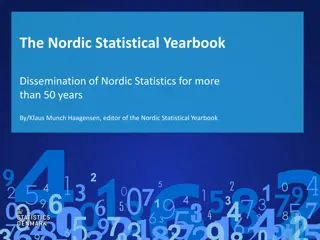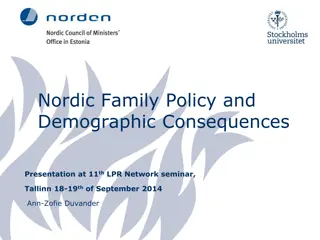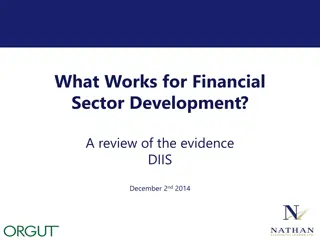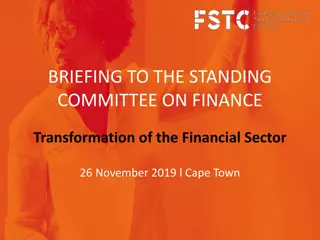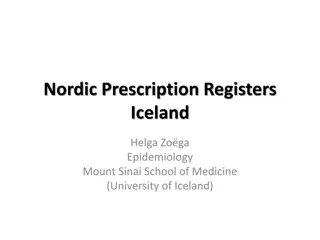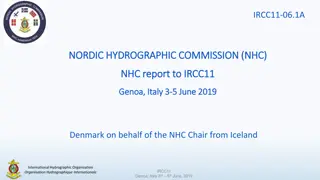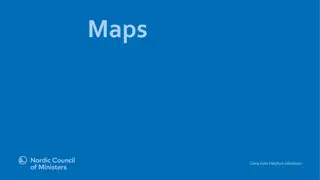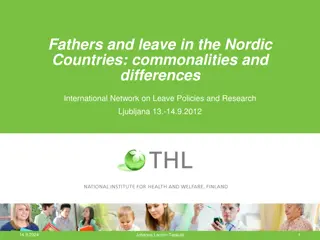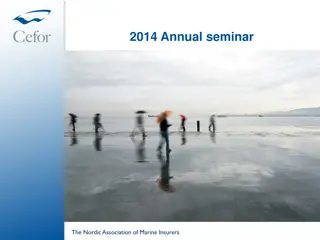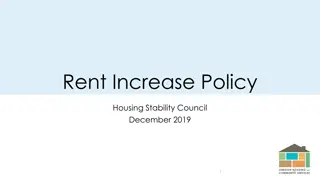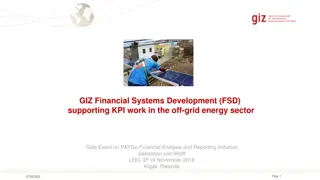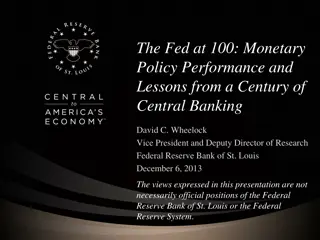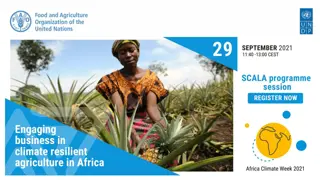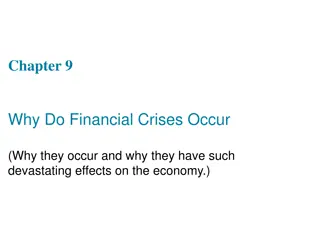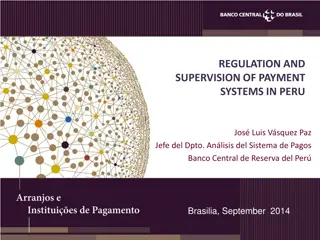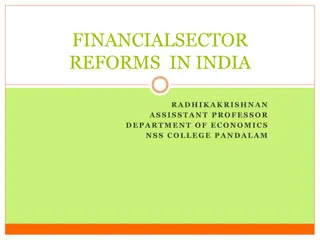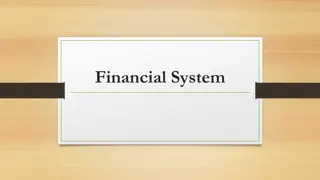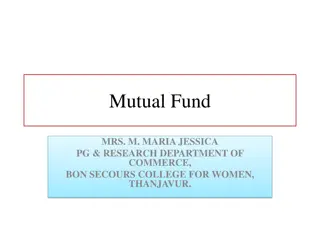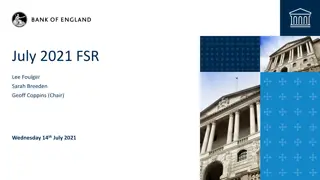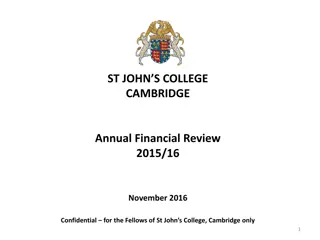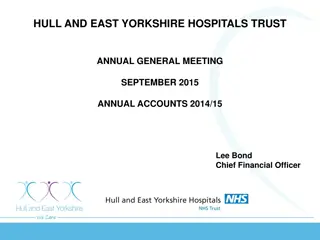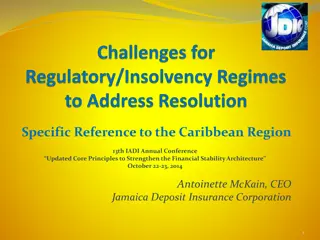Overview of Nordic Financial Sector Stability
The stability of the Nordic financial sector has been examined in relation to past crises and indicators like rapid credit growth and house prices. While the current situation seems stable, risks remain, especially with low interest rates impacting households and banks. Lessons from the 2008 crisis highlight the importance of a stable financial system for economic growth. Preceding strong credit growth signals dangerous financial crises, affecting household consumption, company income, and bank funding. Overall, maintaining financial stability is crucial for sustainable growth.
Download Presentation

Please find below an Image/Link to download the presentation.
The content on the website is provided AS IS for your information and personal use only. It may not be sold, licensed, or shared on other websites without obtaining consent from the author. Download presentation by click this link. If you encounter any issues during the download, it is possible that the publisher has removed the file from their server.
E N D
Presentation Transcript
How stable is the Nordic financial sector? A comment to professor Jesper Rangvid Anneli Tuominen Director General FIN-FSA Anneli Tuominen / Public 12.12.2019 1
Jesper Rangvid: How stable is the Nordic financial sector? A paper on the recent Nordic financial crises, what we can learn from them and where are we now. The crisis of early 1990s in the Nordics. The global financial crisis of 2008 (-2014). Historically some indicators have predicted or at least preceded financial crises. Rapid credit and house price growth, loan loss provisions Based on these better indicators the current situation in the Nordic countries does not look alarming. But past performance is not necessarily indicative of future results. Interest rates are historically low, and they can cause new types of problems. Should the rates increase rapidly, it would be stressful for highly indebted households. Should the rates stay low, it would be stressful for banks (ceteris paribus). Anneli Tuominen / Public 12.12.2019 2
Lessons from the 2008 crisis (Ben Bernanke 2018) Was the 2008 crisis so deep because of the fragilities in the financial system or because of the high household leverage? The financial fragility narrative: a supply side problem. Mortgage-related losses triggered a large-scale panic and paralyzed the markets. The household leverage narrative: a demand side problem. High leverage and a drop in house prices put households into financial distress. Bernanke finds more support on the financial fragility narrative (however, not mutually exclusive). External finance premium: asymmetric information in the borrower-lender relationship implies additional costs. The size of the premium depends on the financial health of (potential) borrowers and financial intermediaries. The higher the net worth, the larger the overcollateralization and the lower the leverage ratio, the better the measurable finance health of a borrower is, and the smaller should the EFP be. =>This is exactly what has been done in post-crisis regulation (micro and macro pru requirements). Anneli Tuominen / Public 12.12.2019 3
The most dangerous financial crises are those preceded by strong growth in credit Mian & Sufi (2014), IMF (2012, 2017) etc. have shown how economic recessions preceded by strong growth in household indebtedness are longer and deeper than other crises. This is due to cut in household consumption: households take care of their mortgages, but start to cut consumption when their economic situation worsens. The more indebted households squeeze their consumption even more. Squeeze in consumption reduces income for companies and NPLs start to rise. Rising NPLs have a negative impact on the ability of banks to provide funding for the economy. In addition, as economic outlook worsens, banks become more cautious in providing funding or they provide funding with larger risk premium. IMF WEO (2012): growth resuming, dangers remain Anneli Tuominen / Public 12.12.2019 4
Main lesson from financial crises: the precondition for economic growth is a stable financial system A stable financial system Main providers of finance must be sound and strong enough in order to operate without disturbances and provide funding also in a weak economic environment. The Nordic financial system (like the rest of the EU) is bank dominated. Even though sources of financing are diversifying, banks are still the main source of funding. So far most of the new regulation has focused on the banking sector. To be able to provide funding through economic cycles, the banking system must be sound. However, as our financial system is evolving, more focus is needed on the non-banking sector. Anneli Tuominen / Public 12.12.2019 5
What has changed in the Nordic economies? What has not? Nordic countries continue to be very open economies (sensitive to shocks in the global economy). If possible, Nordic economies are now even more closely interlinked (financial integration). The same Pan-Nordic financial institutions are present in most Nordic countries. Many of them operate today with a branch structure (managed and supervised in a centralized way). Many of the banks are exposed to similar and correlated risks (real estate, funding structure etc.). Markets have a correct interpretation of this interconnectedness. When one major player gets a hit, also the other players will be affected. Regarding the traditional risks (credit risk and liquidity), supervisors have sharpened their policies. Micro and macro buffers. Anneli Tuominen / Public 12.12.2019 6
Possible triggers for future financial crisis? Low(er) and even negative interest rates for long(er) periods The best available way to support the real economy since the crisis But low rates are not without side effects Banking and life-insurance sector profitability and business models at risk Cyber, hybrid and other IT related risks Increased use of technology changes the structure of the financial system. An interconnected and digitalized world is as strong as its weakest link. Climate change Physical risks, transition risks, liability risks Money laundering issues An example of an untraditional risk in the Nordic countries => How should these new risks be treated? How to prepare against them? Anneli Tuominen / Public 12.12.2019 7
Thank you! Anneli Tuominen / Public 12.12.2019 8


